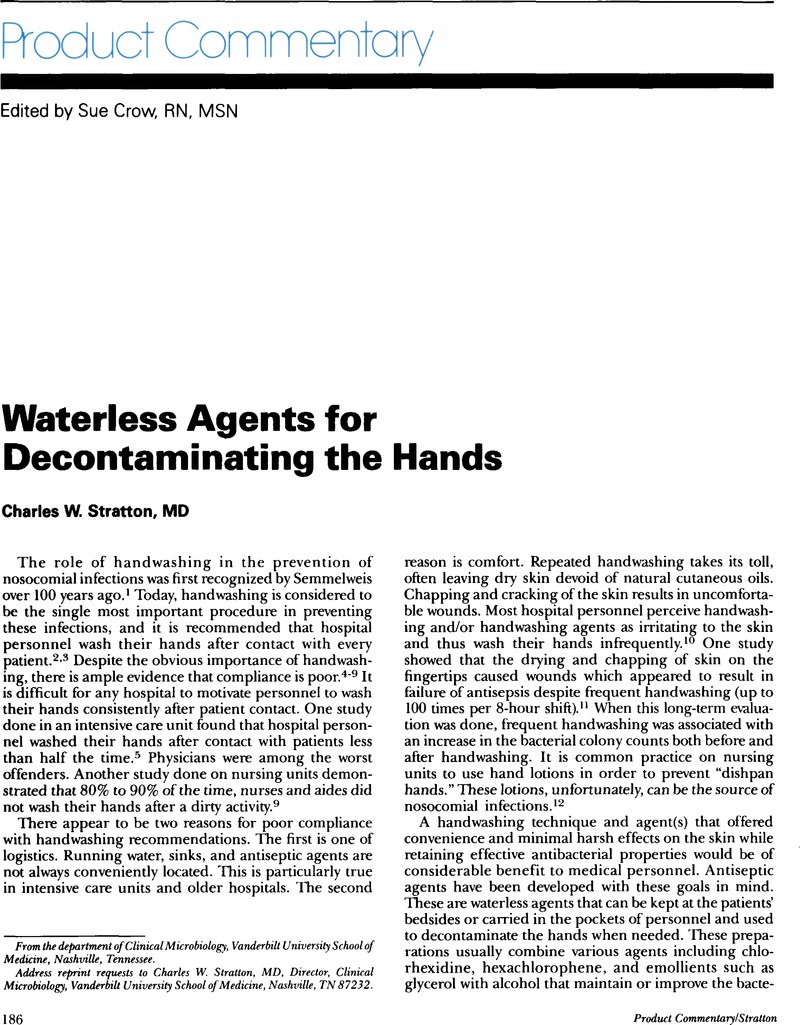Crossref Citations
This article has been cited by the following publications. This list is generated based on data provided by Crossref.
Lee Ford-Jones, E.
1989.
Topical antiseptics.
Clinics in Dermatology,
Vol. 7,
Issue. 3,
p.
142.
Simmons, Bryan
Trusler, Martha
Roccaforte, Jane
Smith, Philip
and
Scott, Rebecca
1990.
Infection Control for Home Health.
Infection Control & Hospital Epidemiology,
Vol. 11,
Issue. 7,
p.
362.
Saville, Charis R.
Metris, Aline
Humphreys, Gavin J.
O’Neill, Catherine
Barrett, Paul
Fernandez-Piquer, Judith
McBain, Andrew J.
and
Fey, Paul D.
2022.
Transitory Shifts in Skin Microbiota Composition and Reductions in Bacterial Load and Psoriasin following Ethanol Perturbation.
mSphere,
Vol. 7,
Issue. 4,



